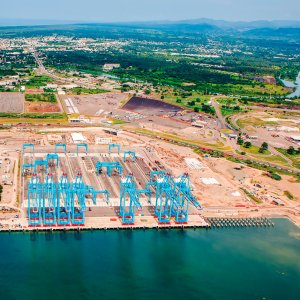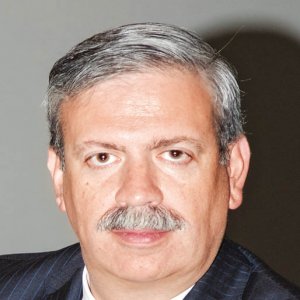Unconventional Opportunities in Energy

STORY INLINE POST
Q: Being a young firm, how has EIM Capital solidified its position in the energy sector?
A: We have a number of recognized people on our board, including former President Vicente Fox, who joined the firm at the end of 2013. This is among our main highlights because Fox focused not on how young the firm was but on our values and vision. Having him on board was beneficial early on since it provided us with credibility, invaluable experience and leadership. EIM’s goal is to be a platform that attracts international investors and operators to Mexico, helping to mitigate risk associated with entering the market here. In this we have been tremendously successful. Despite the Energy Reform, investors still have a long list of concerns, including security issues, corruption and infrastructure. Because energy is contingent on the government, we decided that having a strong government presence was the only way to really understand it. We have solidified our position due to our expertise and have become a trusted partner to some of the most prestigious energy companies in the world.
Q: How do you convince investors their investment will bear fruit in the long term?
A: Despite Mexico’s problems, the country is tremendously promising. We are located next to the US, we are a NAFTA partner and have strong commercial ties with the US market and business practices. Mexico also has a stable economy, strong reserves, strong demographics and skilled labor, which are all attractive features for investors. The reforms have been transformational and they explain the sudden flood of interest in the country.
Unconventional resources constitute a significant industry, which has so far only been developed in the US and mostly have been overlooked by Mexico. Large-scale developments and top-quartile operators are required to achieve efficiencies that make unconventional resources profitable but it has been difficult for us to attract them. With its vast resource base, Mexico could produce the same levels of oil and gas as our neighbors, which could ultimately translate to US$500 billion of annual additional economic activity within 10 years.
Q: What segments of the energy industry offer the best opportunities for EIM Capital?
A: Prior to the reform, we were paying almost twice as much for access to power than US consumers, despite having access to the same technology and energy sources such as wind, solar and natural gas. Unfortunately, because the system was previously a monopoly, a large portion of our power generation technologies are outdated and inefficient. A third of Mexico’s power will be replaced with more efficient sources and these projects can attract a lot of investment. E&P will contribute many traditional infrastructure developments, such as pipe and road infrastructure, and so too will power because it requires transmission lines, gas pipelines and generating plants.
The pipeline system is not only old, it is also lacking capacity compared with the US. Mexico has around 12,000km of pipelines while Texas alone has 90,000km. To develop midstream infrastructure, EIM will likely back a management team experienced in infrastructure from a greenfield perspective. Mike Stice built Chesapeake’s midstream infrastructure and he will help us to identify and develop the best opportunities for our investors. While EIM could focus on gathering and processing systems and long-haul pipelines, it will probably focus on special opportunities with a higher return.
Q: What has been EIM’s experience with its power plant investment in Leon, Guanajuato?
A: We started this project in 2013, largely due to the opening of the industry even though we were not experts in building power plants. Due to several inefficiencies, we modified our strategy by recruiting the most experienced management teams from around the world. The ideal off-takers are large, stable entities with long-term projections that want to ensure a long-term competitive or predictable cost. The Bajio region has a thriving automotive industry and ideal off-takers are Ford, Toyota and Mazda. Mexico as a manufacturing hub already is competitive but it is hampered by costly power generation and supply. Once energy is made more efficient and cheaper, Mexico will become even more competitive and a growing number of companies will begin operations here.






















